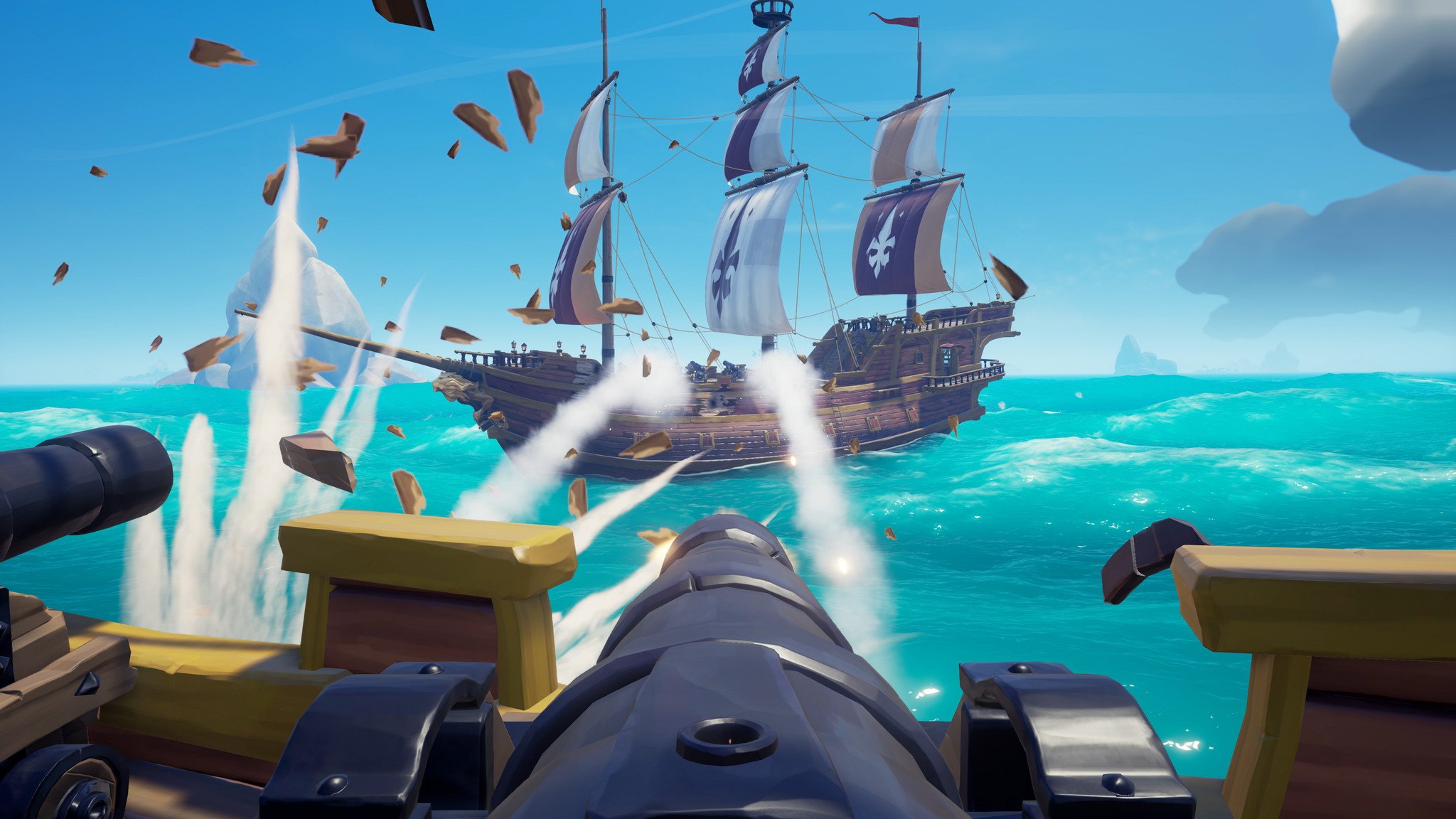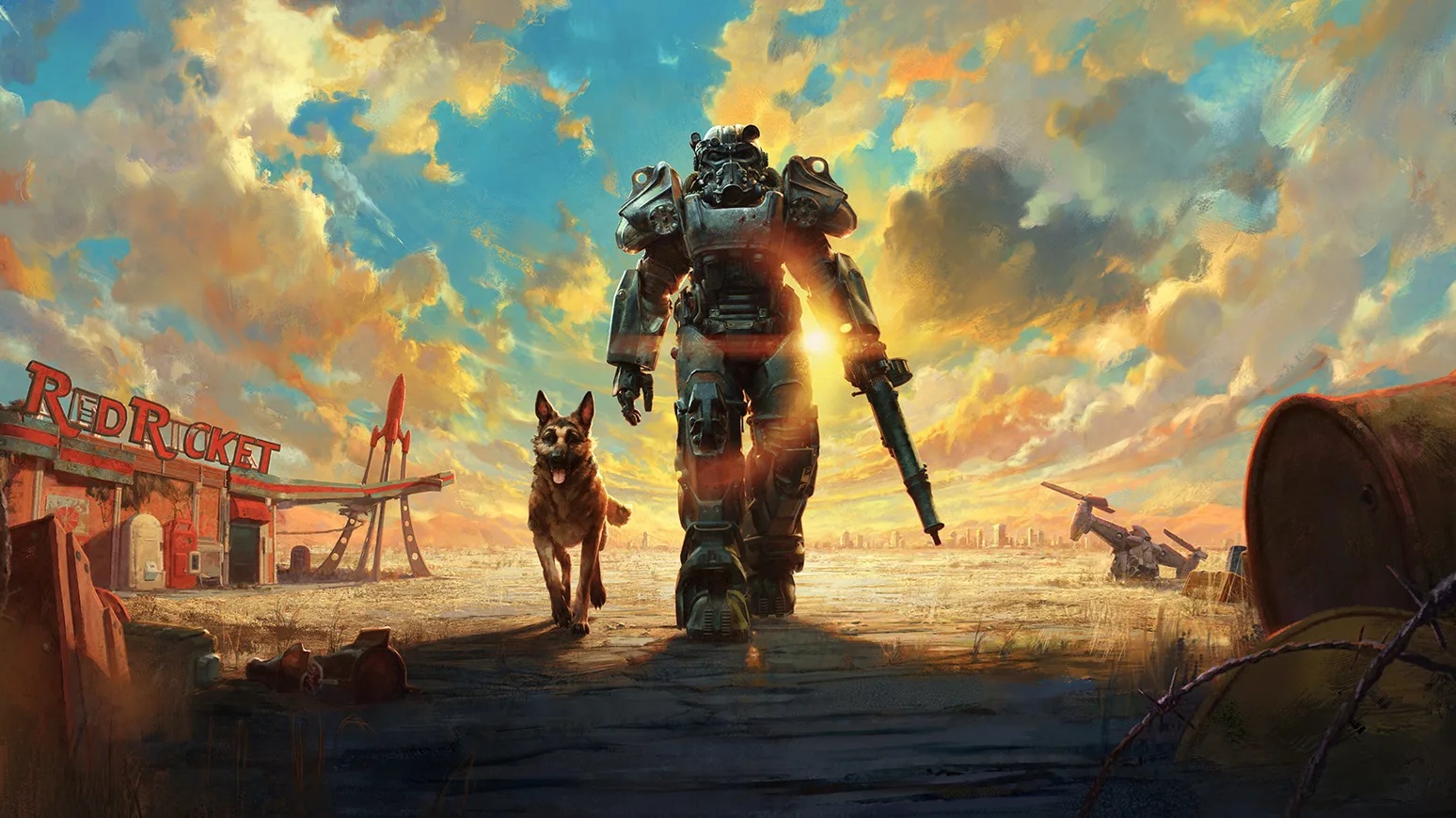Backed by four years of development at esteemed UK studio, Rare, Sea of Thieves has been shaping up as one of Microsoft's most promising new franchises. Shipping wannabe pirates on daring adventures across the seas, it proposes unique ideas not only with the premise but also its approach to gameplay.
After spending a couple dozen hours sailing the Sea of Thieves, you'll build a story worth telling. The game establishes some engaging concepts, making for a fresh and most importantly, fun take on shared-world multiplayer. However, some clear issues tarnish the Sea of Thieves experience at launch, paving an uncertain future in the months ahead.
Sea of Thieves: In brief
Sea of Thieves offers an open sandbox with countless opportunities, delivering the best pirate game you'll find on console today. Its inviting world houses some unrivaled social multiplayer experiences, with a dynamic edge to gameplay that keeps you playing for what may lay ahead. Putting fun first and foremost, its perilous voyages are best enjoyed with a four-man crew of friends. There's simply nothing like it.
Despite being a strong foundation, Sea of Thieves has still some major hurdles to overcome. Without a sustainable offering of content at launch and clear post-launch content plans, the game's future remains uncertain. Going forward, Rare's ability to deliver new content and communicate with fans will have a heavy bearing on the game's long-term success.
While I strongly recommend Sea of Thieves under Microsoft's Xbox Game Pass subscription service, it struggles to justify a $59.99 price point for the retail version.
Exploring a pirate's paradise
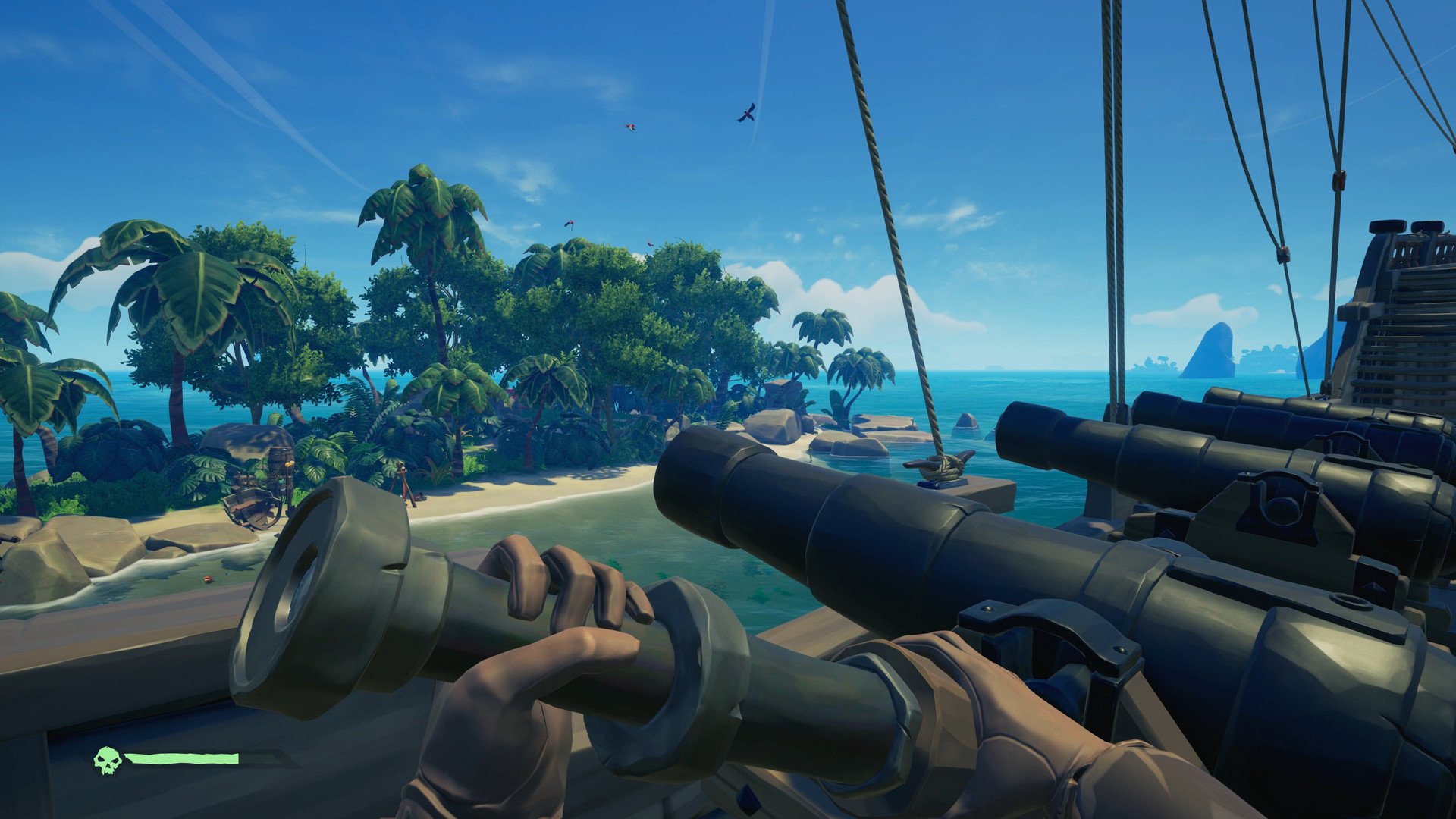
Sea of Thieves is a shared-world adventure game at heart, although also adopts traits from a variety of other genres. Exploring handcrafted seas and islands in search of treasure, pirates earn themselves a name, building their own stash of hard-earned gold. You'll overcome the challenges of the seas, fighting rival crews and work up to the rank of "pirate legend."
Unparalleled water effects, a gorgeous skybox, and dynamic lighting cycles help build stunning virtual vistas.
What makes Sea of Thieves so appealing is its character, in a similar vein to previous hit Rare franchises. From launching yourself with a cannon to throwing vomit on intoxicated foes, it's a wacky yet endearing world that encapsulates its developer's persona. Sea of Thieves isn't afraid to embrace the medium and have fun between its key moments.
All the latest news, reviews, and guides for Windows and Xbox diehards.
This tone is complemented by the game's charming art style, injecting further character into every inch of its world. Taking advantage of clean visuals draped in vibrancy, even the gloomiest areas feel welcoming. The inclusion of crisp 4K and High Dynamic Range (HDR) support on Xbox One X only affirms this style, with some of the best implementations of the enhancements. It might not strive for photorealism, yet unparalleled water effects, a gorgeous skybox, and dynamic lighting cycles help build stunning virtual vistas.
Becoming a legend of the seas

Many aspects of the game reward those sailing in groups, with mechanics specifically built to house groups of players. Putting cooperative first frequently alienates solo players, but allows multiplayer to really shine as an essential aspect of the package.
Controlling ships is a team effort, with sails, steering and hull integrity all tasks to consider on the move. Complemented by proximity voice chat with foes, players are encouraged to consistently communicate under a single social experience. In many ways, when paired with its sometimes mellow gameplay, Sea of Thieves can be a social platform, fading gameplay into the background among talk with friends.
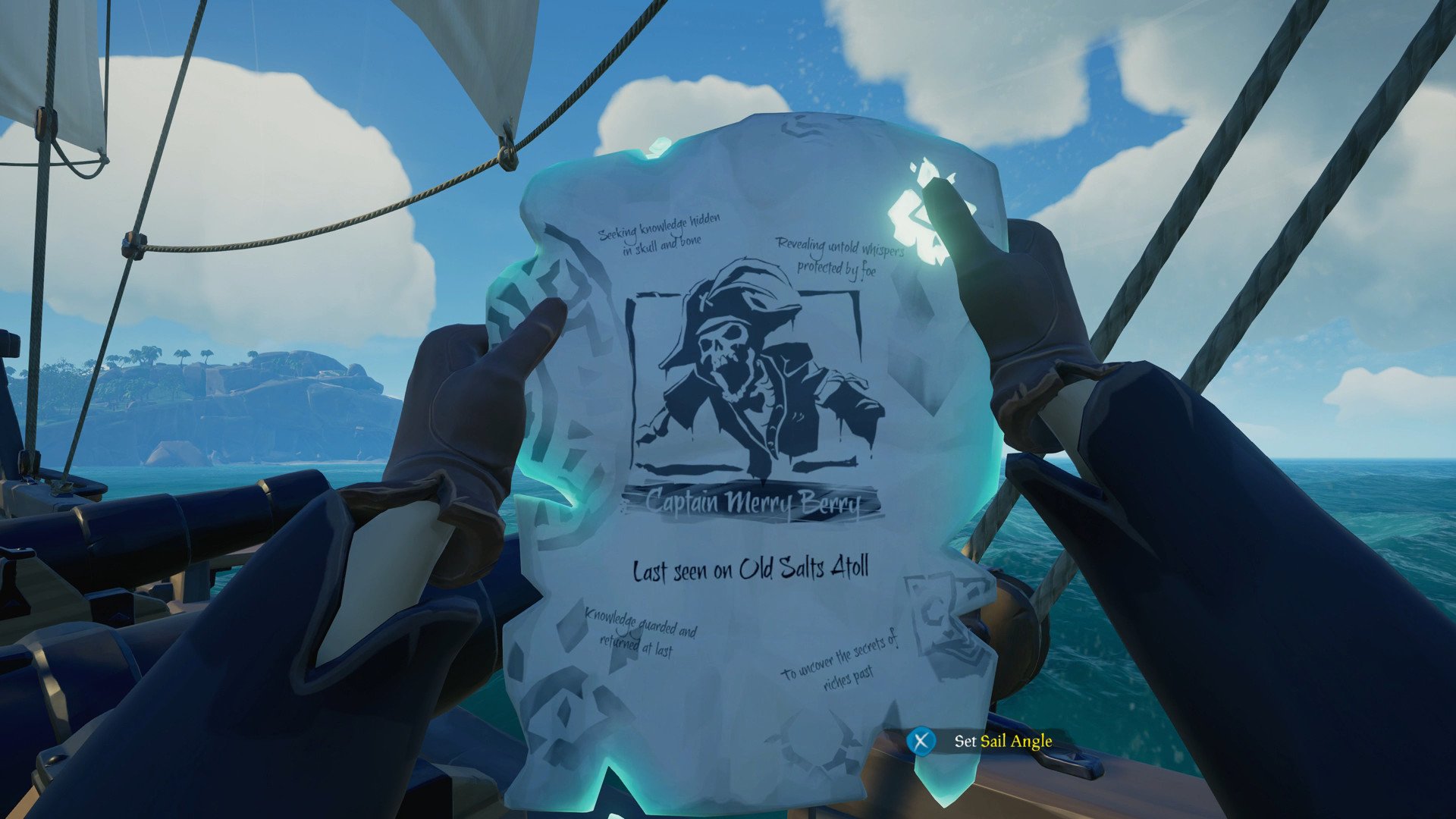
For the bulk of their pirate careers, players will undertake dangerous quests known as "voyages." Obtained from a trio of trading companies, these quests entail the collection and redemption of goods for gold rewards. The "Gold Hoarders" challenge players to track down hidden treasures using cryptic maps and riddles. "Order of Souls" voyages are manhunts for infamous skeleton warriors, handling in their skulls. Crews can also race against the clock to fetch and deliver freight between "Merchant Alliance" vendors on a deadline. For these missions players are also compensated with merchant reputation, unlocking access to voyages with increased payouts.
Lack of mission variety soon leaves gameplay feeling repetitive, highlighting the "grind" for rewards.
Fulfilling missions from these factions forms the basis of Sea of Thieves' gameplay loop, with variations upon these mission structures as you progress. While three strong foundations, you'll have experienced a fair portion of the complete Sea of Thieves experience in just a couple hours. This lack of mission variety soon leaves gameplay feeling repetitive, highlighting the "grind" for rewards.
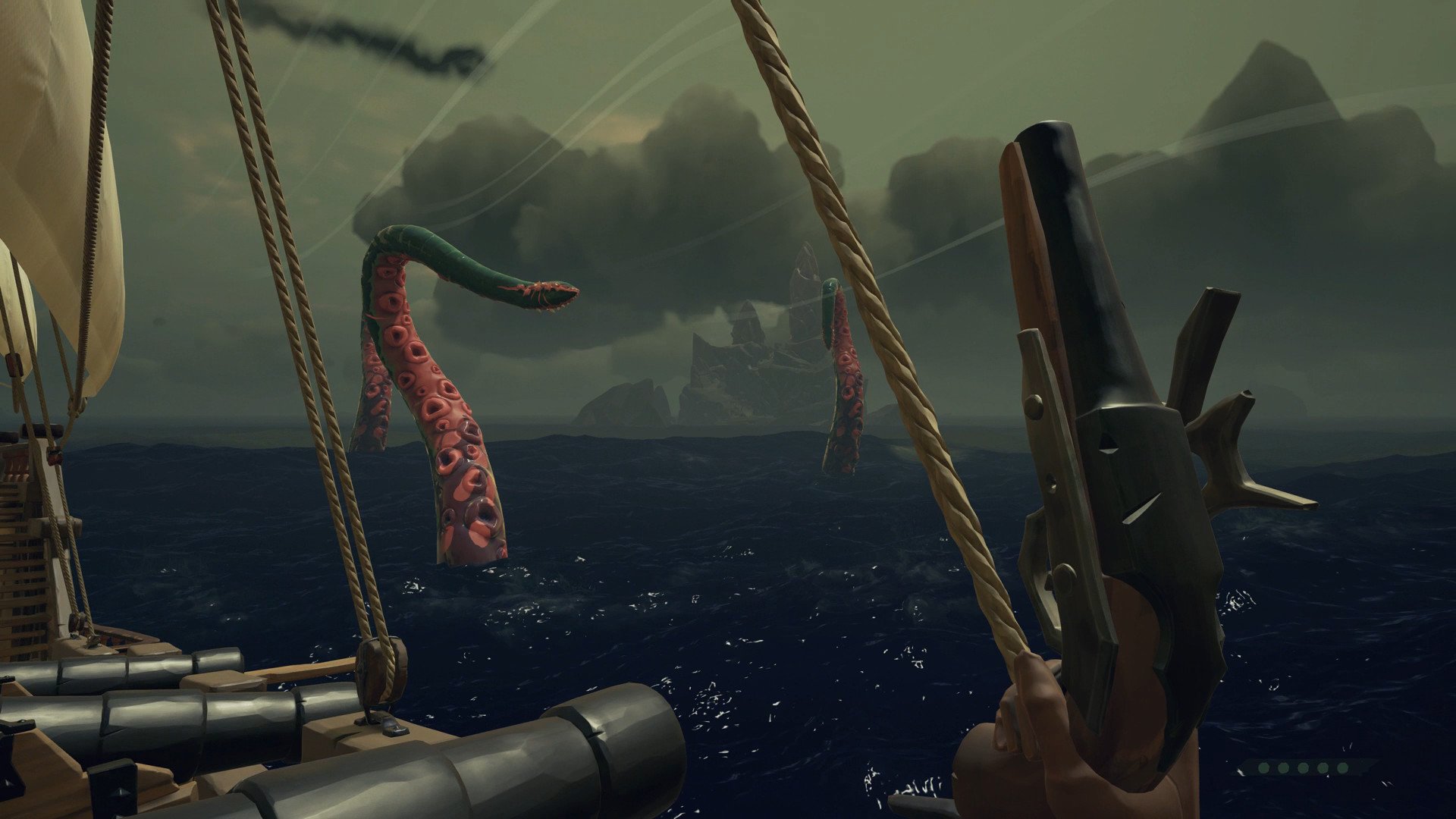
Outside of these voyages, Sea of Thieves also packs various side activities to explore. The Skeleton Forts are a highlight of these, pitting players against countless waves of enemies, before killing a final boss. These missions drastically switch up the game's pacing, while offering huge payouts. The legendary Kraken sea monster can also randomly interject your voyages, sometimes requiring multiple crews to band together and fight.
Each of these mission types deliver some interesting concepts, putting an emphasis on tangible in-game objects that need to be swiftly deposited. Although simple fetch quests, the intricacies of finding and transporting goods at high risk never loses its charm. It's just a shame that these ideas are ultimately forsaken when consolidated into a single, uninspiring currency.
Getting your grind on
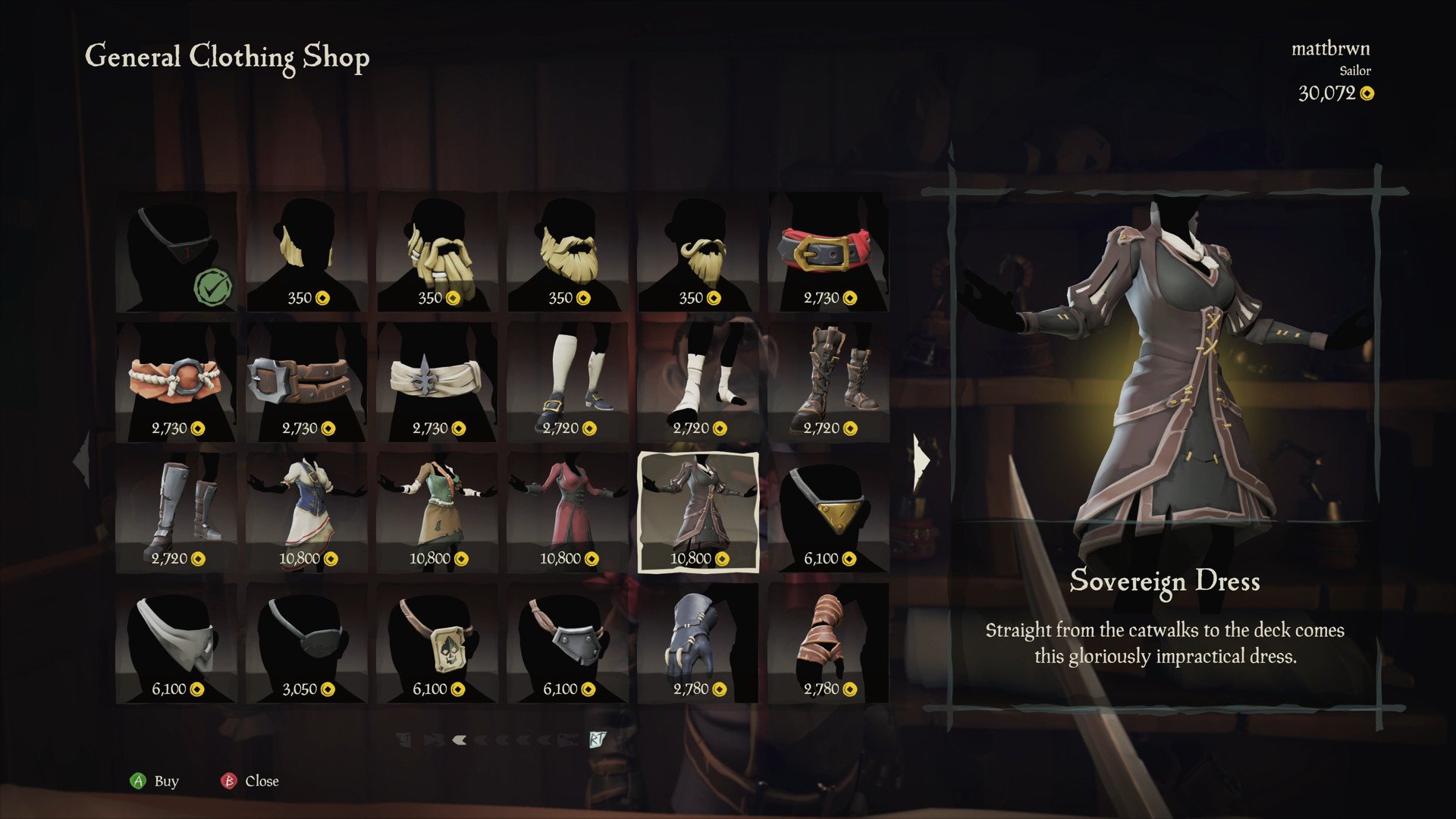
Sea of Thieves also ventures away from the traditional sense of video game progression, abandoning gameplay-altering upgrades in favor of a cosmetic system. Players can purchase cosmetic skins from vendors with their gold, such as clothing pieces, tools, and weapons.
Deeper gameplay would be welcomed, rather than differentiating players by the color of their pants.
The game's developer pits this as "horizontal" progression – an approach seen in other established games to prevent player upgrades from disrupting balancing. But by putting all sense of player reward on the experience, Sea of Thieves offers essentially no progression at all. Some form of deeper gameplay would be welcomed, rather than differentiating players by the color of their pants.
Many upgrades require hours of grinding similar missions to unlock, repeating the same gameplay loop than feeling truly special. Many "higher-tier" rewards such as ship upgrades also feel artificially inflated simply to keep you playing, requiring way into six figures of gold.
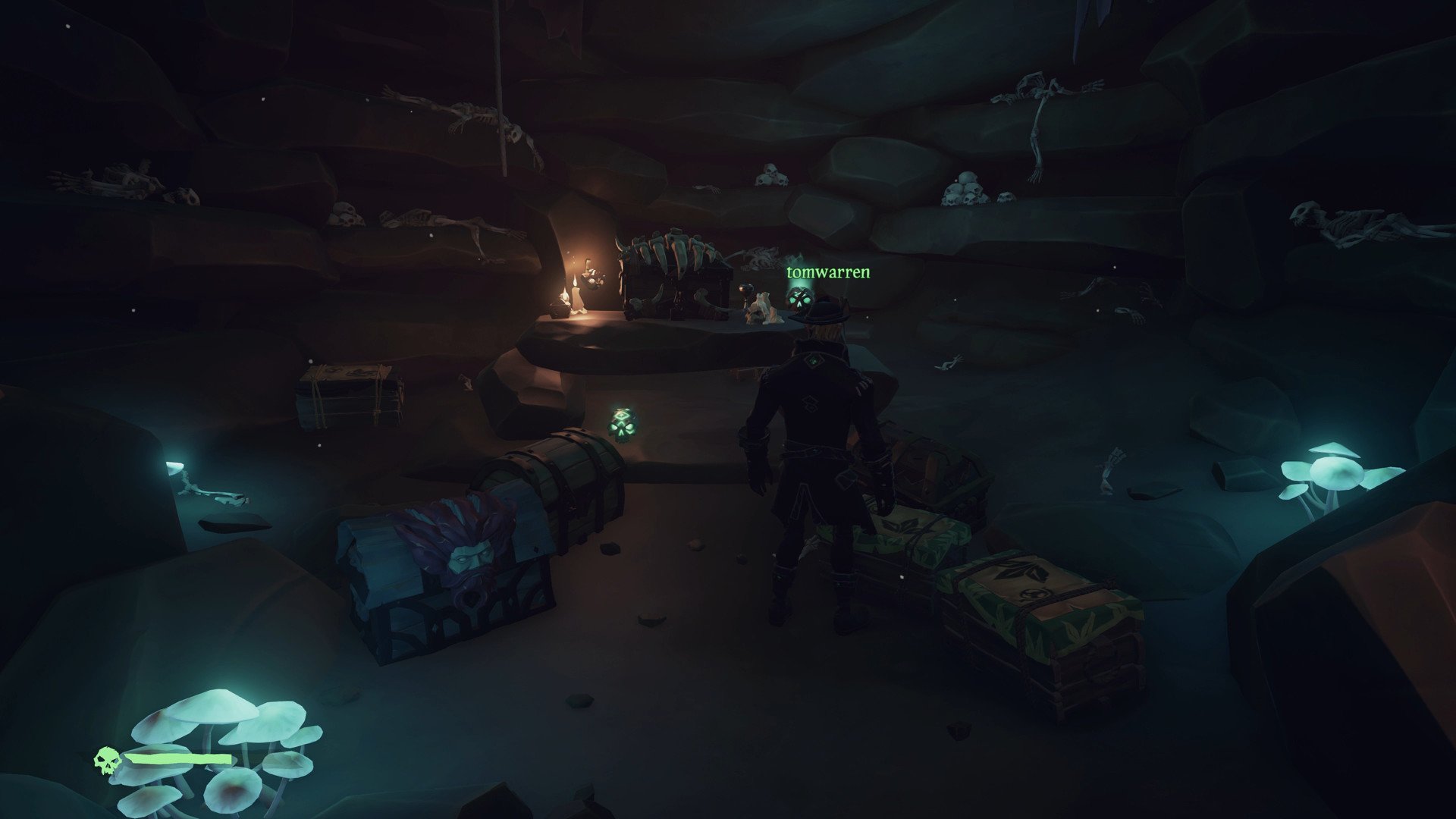
This is ultimately Sea of Thieves biggest flaw – while it delivers some interesting concepts, it's simply a framework of what could be a bigger title at launch. Despite numerous promising mechanics, we're left with only the promise of more content to come later down the line.
This is a trend among many shared-world games as a service titles, launching with a lackluster offering of content, while promising more in the future. Yet in Sea of Thieves' case, we're yet to recieve a roadmap, only leaving players with the game's current offerings. It's hard to recommend Sea of Thieves for long-term players, especially without the security of major updates on the horizon.
However, even with a lack of content, I do keep finding myself being drawn back. Sea of Thieves, at least initially, feels so fresh – there's nothing quite like it on the market. It's the journey, not the destination, that makes it so special.
The journey ahead for Sea of Thieves
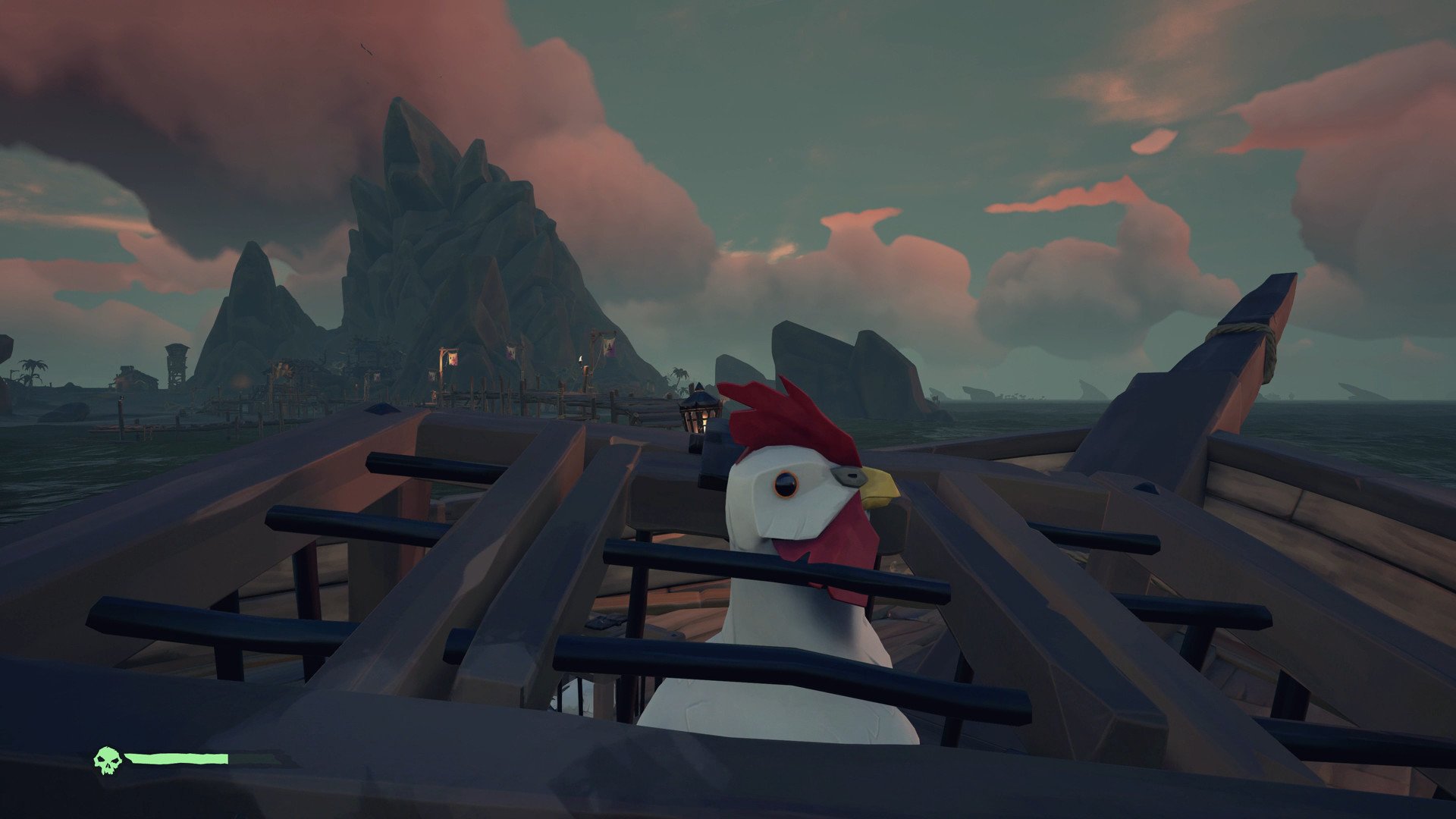
Sea of Thieves offers an open sandbox with countless opportunities, delivering the best pirate game you'll find on console today. Its inviting world houses some unrivaled social multiplayer experiences, with a dynamic edge to gameplay that keeps you playing for what might lay ahead. Putting fun first and foremost, its perilous voyages are best enjoyed with a four-man crew of friends.
Despite being a strong foundation, Sea of Thieves has still some major hurdles to overcome. Without a sustainable offering of content at launch and clear post-launch content plans, the game's future remains uncertain. Going forward, Rare's ability to deliver new content and communicate with fans will have a heavy bearing on the game's long-term success.
Pros:
- Unique gameplay you won't find elsewhere.
- A strong foundation for cooperative play.
- Dynamic sandbox means a surprise is always around the corner.
- A beautiful world to explore.
- Fun and humor are never punished.
Cons:
- Questionable longevity.
- With limited launch offerings, the game's success is dependent on post-launch support.
- Lack of meaningful progression for many.
- Solo players will feel lonelier than ever.
While Sea of Thieves offers some unmissable fun you won't find elsewhere, the game currently struggles to justify its $59.99 price point at launch. For many, this will be an ideal title to pick up via Xbox Game Pass – Microsoft's Netflix-style subscription service, which provides access to a rotating library of games for a flat monthly fee. At just $9.99 per month and the promise of future Microsoft games like State of Decay 2 and Crackdown 3, this makes a convincing case to jump on the service.
Sea of Thieves now available on Xbox One and Windows 10, as well as Xbox Game Pass. The game also embraces Xbox Play Anywhere with cross-platform purchases, multiplayer and progress, while also offering enhancements for Xbox One X.
This review was conducted on Xbox One X using a copy provided by Microsoft.
- Sea of Thieves on Windows Central
- How to complete your first Sea of Thieves voyage
- Sea of Thieves gameplay tips for new players and budding pirates
- Sea of Thieves ships guide: Tips and tricks for sails, combat, repairs and more
- Your Sea of Thieves items explained: Tools, weapons, consumables and more
- Sea of Thieves skins list: Clothing, weapons, and items
- How to get new weapons in Sea of Thieves

Matt Brown was formerly a Windows Central's Senior Editor, Xbox & PC, at Future. Following over seven years of professional consumer technology and gaming coverage, he’s focused on the world of Microsoft's gaming efforts. You can follow him on Twitter @mattjbrown.
